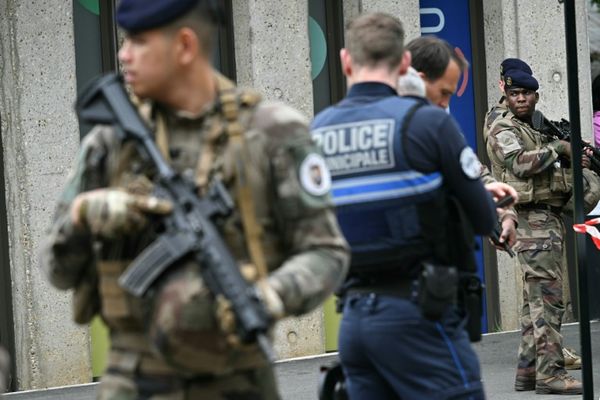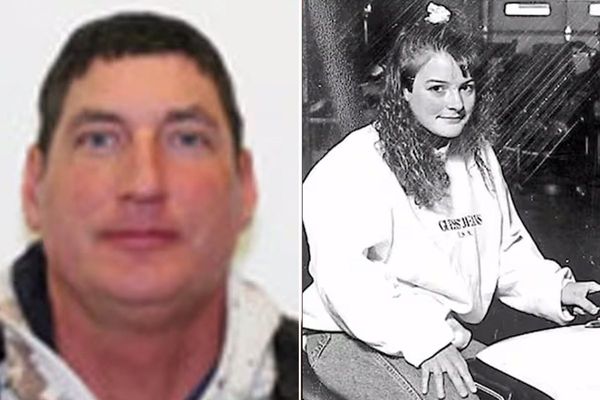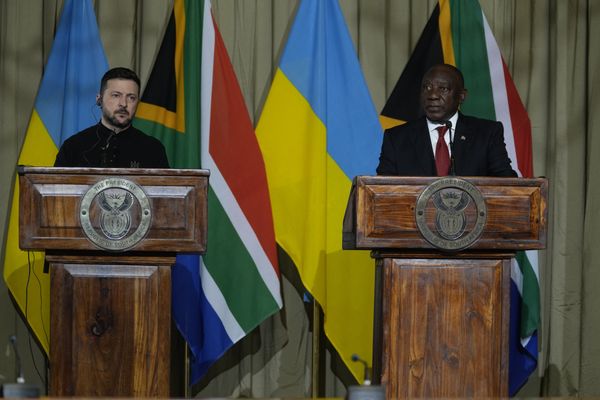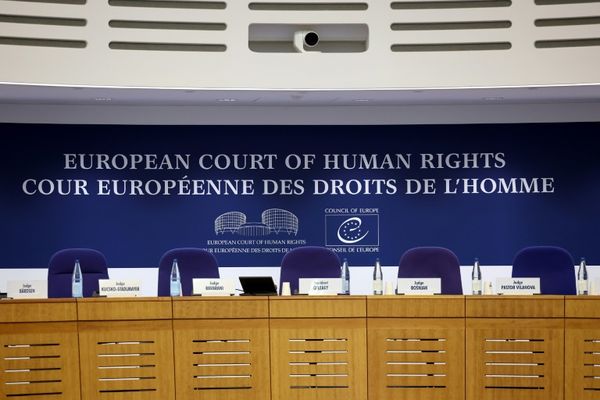Tesla Full Self-Driving (FSD) is probably the most advanced autonomous driving system on any car, but it’s still far from being finished. While it does what you would expect in most typical driving scenarios, some situations seem to fluster the system, and it behaves strangely and dangerously.
In this video uploaded to YouTube by Jacob6875, he is in his Model 3 with FSD Supervised version 12.3.6 enabled, which gets confused by a railroad crossing that is immediately followed by a stop sign. This is not an ideal road design since if there is more than one car waiting at the stop sign, it will force other cars to have to wait on the tracks.
Get Fully Charged
FSD is getting better but it's still got a long way to go
Tesla's Full Self Driving may be the most advanced semi-autonomous driving system in any car, but issues like this one with the railroad crossing suggest the road to it becoming reliable and fool-proof is still long.
The car doesn’t appear to detect the train tracks, and it stops right between them and a bit too far from the sign, putting the car and the driver at risk. The driver has to take manual control and accelerate to get it to move off the tracks.
FSD usually handles railroad crossings better and has no problem detecting and stopping correctly especially when when the lights are flashing, announcing the imminent passing of a train.
However, in another recent FSD video, the car had the system enabled, but it failed to see a passing train or the crossing gate lights due to dense fog. We don’t know what Tesla model is in the video or what FSD version it’s running, but had it not been for the driver’s intervention to swerve right at the last moment, the car would have crashed into the side of the moving train.
The car still crashed, but just into the crossing gate, and only suffered moderate damage, but it would have been much worse if it hit the train—the driver would have probably been hurt and the car totaled.
Fog or smoke is very hard for a car to see through, even in vehicles equipped with several types of sensors, including lidar. Teslas have relied exclusively on cameras for self-driving features since 2022, ditching ultrasonic sensors and radar in the process. Automotive radar (which was present on older Teslas) has advanced in recent years, and it is the best technology to see objects that are hidden by fog or smoke—it could have potentially avoided the incident in the second video.







